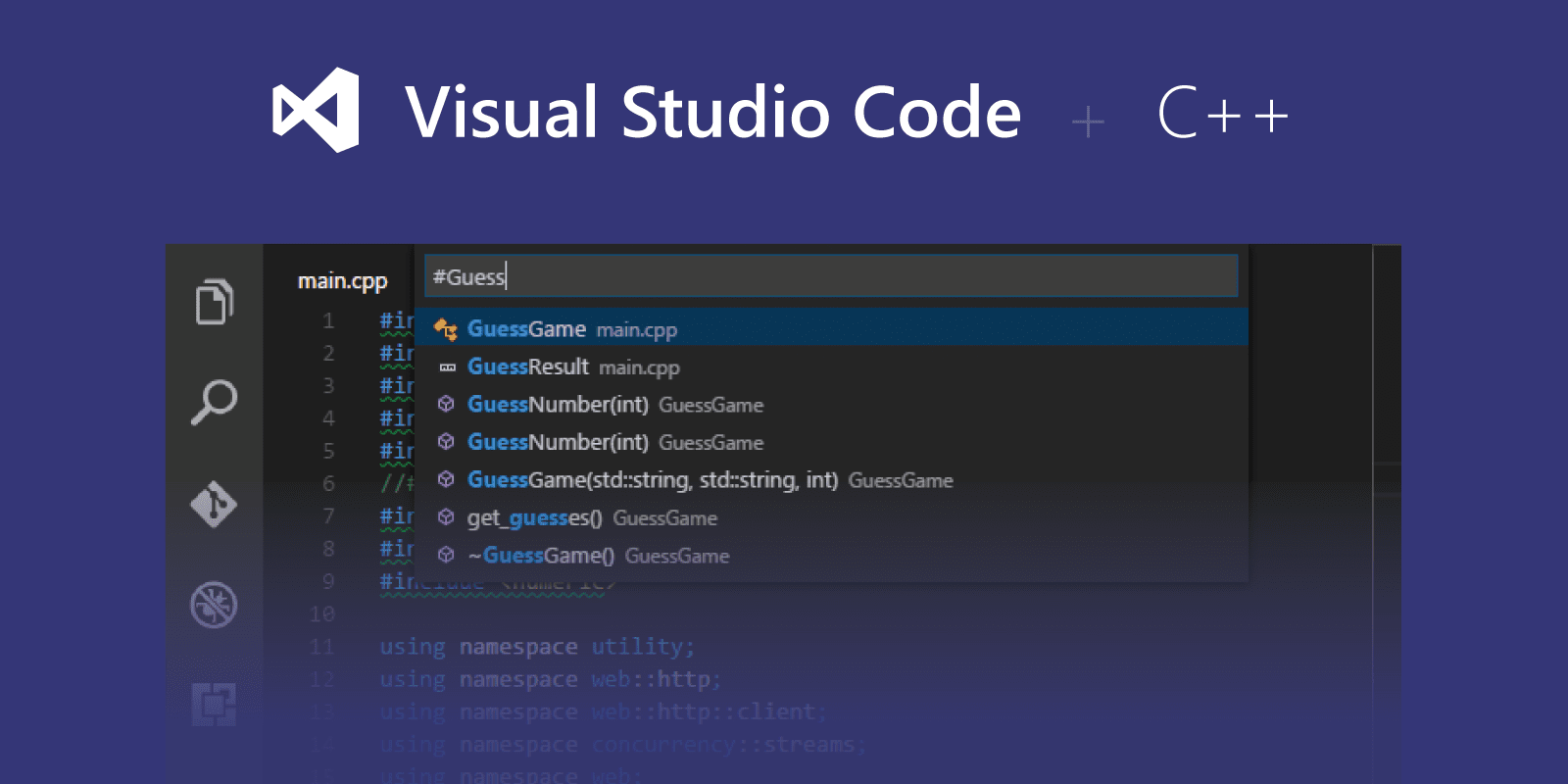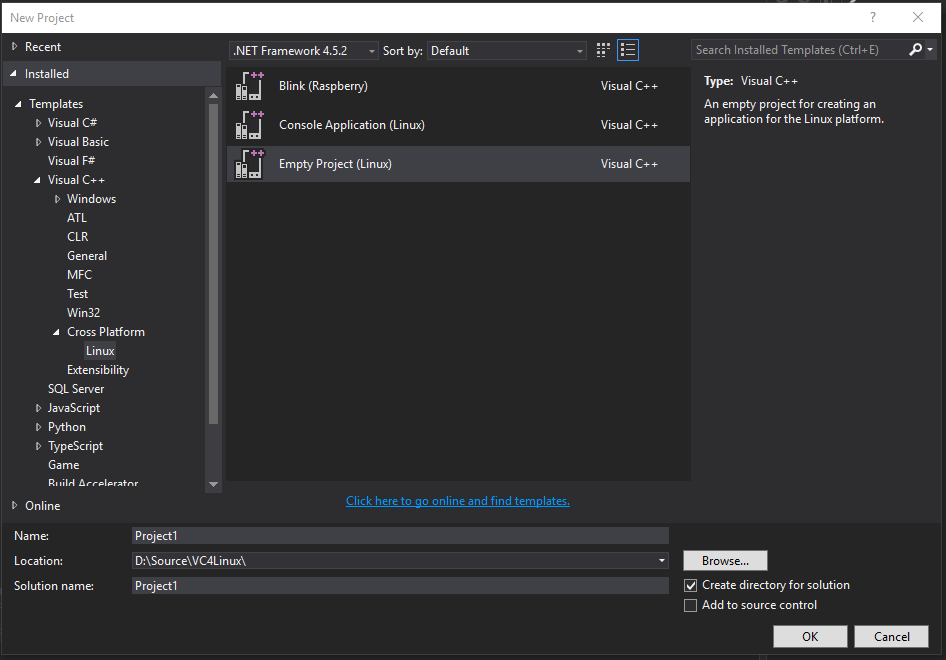

- LINTING AND COMPILING C++ VISUAL STUDIO CODE HOW TO
- LINTING AND COMPILING C++ VISUAL STUDIO CODE INSTALL
- LINTING AND COMPILING C++ VISUAL STUDIO CODE CODE
- LINTING AND COMPILING C++ VISUAL STUDIO CODE DOWNLOAD
- LINTING AND COMPILING C++ VISUAL STUDIO CODE WINDOWS
LINTING AND COMPILING C++ VISUAL STUDIO CODE CODE
Rust can generate code during compilation.

As in Lisp macros, not the useless C style macros. The exclamation mark in the name indicates that println! is not a function but a macro. println! will print text to standard output.If you are used to C, C++, C#, JavaScript etc, all this will be familiar to you. The parentheses following it usually contain parameters (we have none right now), and the code belonging to that function is in between the braces. If you build with Cargo, which we will, there also has to be a main.rs file in the root of the src folder. All Rust applications start at this function, like C/C++ does. fn marks the start of a function and in this case defines the function called main.The hello world program has already been written, courtesy of Cargo.
LINTING AND COMPILING C++ VISUAL STUDIO CODE WINDOWS
So jump into your favourite terminal, cd to your folder you've set aside for Rust development (I use Windows and so my folder of choice will be r:\) and type: You will use Cargo to check, build, test, benchmark and run your code as well as many other things.
LINTING AND COMPILING C++ VISUAL STUDIO CODE HOW TO
And because of Cargo, you can do this without typing a line of code! Most guides, will demonstrate how to use rustc but you do not need to touch this directly. Let's try the obligatory Hello World program. This can be annoying at first but you reap the benefits if you stick with it. It will auto-format your code according to a set of standards so that everyone's Rust code looks the same.

LINTING AND COMPILING C++ VISUAL STUDIO CODE INSTALL
The best way to install Rust is using the tool Rustup.
LINTING AND COMPILING C++ VISUAL STUDIO CODE DOWNLOAD
The Rust build system will constantly download packages (called crates) from the world wide web. You will also need an internet connection. These guides will not be teaching you how to program, but rather how to apply your current programming skills to a new language. I will also assume that the reader has prior programming experience, perhaps in C, C++ or similar language. That is, they know how to make folders, set the current folder, and launch commands all via their terminal. I will assume the reader knows their way around a terminal (or shell).

This is what my first article is about - setting up a development environment for effective Rust programming. I have managed to hone my development environment for Rust programming over the last few months and I want to share my approach. In my opinion, Rust has made C++ redundant for writing new software. I will restrict C++'s use to my day job, and that's all. Today, I will never touch C++ willingly again since discovering and learning about Rust. I have worked as a video game programmer for over 25 years and as a result have used C++ as my main language of choice, even for personal projects. This blog is my attempt at documenting what I've learnt on my journey using Rust.


 0 kommentar(er)
0 kommentar(er)
